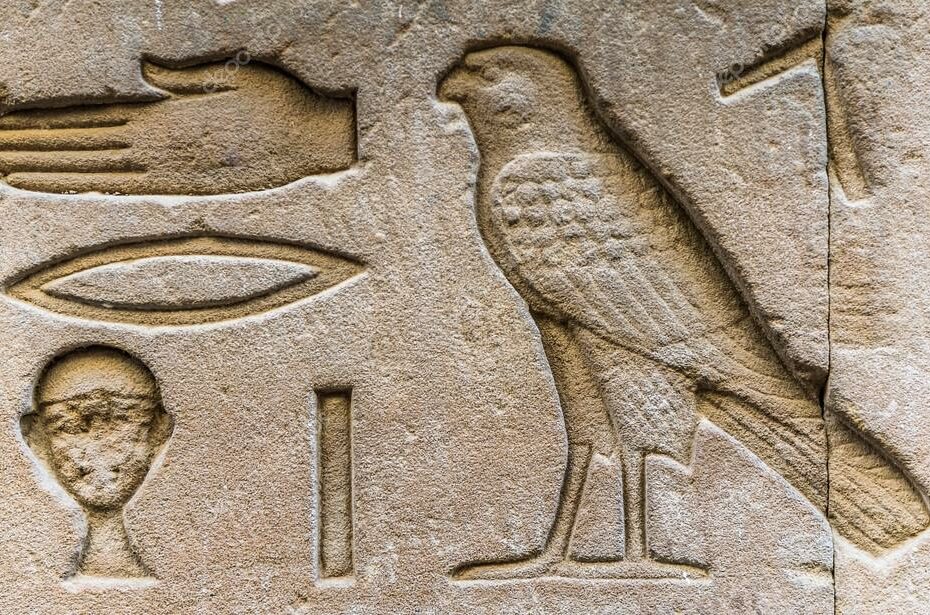Have you ever tried to explain a complex system to someone else, only to find that they just couldn’t understand it? If so, you’re not alone. The fact is, most systems are too complex for any one person to understand completely. That’s where the Rich Picture comes in. The Rich Picture is a tool from the Soft Systems Methodology that can help you to understand and communicate complex systems. It’s basically a way of representing a system using pictures and symbols instead of words. This makes it much easier for people to grasp the overall picture, and to see how the different parts of the system fit together. If you’re struggling to explain a complex system, or if you just want to see it in a different way, give the Rich Picture a try. You might be surprised at how helpful it can be.
What is a Rich Picture?
Rich pictures are a key part of the Soft Systems Methodology (SSM). They are used to help problem solvers understand the complexities of a problem situation. A rich picture is not a traditional diagram or flowchart. A Rich Picture is a graphical representation of a system that includes both static and dynamic elements. It is a drawing that contains symbols, words, and images that represent the people, objects, and events in a system. It is used to help stakeholders understand the system and its environment, and to identify issues and potential solutions. The picture is „rich“ because it contains a wealth of information that can be used to generate discussions and stimulate creative thinking.
How can it help you with your problem?
Rich pictures can be very helpful when you are trying to understand a complex problem. They can help you see relationships that you would not be able to see with traditional diagrams or flowcharts. In addition, rich pictures can help you generate new ideas and insights about a problem.
What are some benefits of using a Rich Picture?
The Rich Picture is a simple, yet very powerful, tool that can be used in Soft System Methodology. It is a way of representing the complexities of a system in a visual way, and it can be used to help understand the system as a whole, as well as identify potential problems and areas for improvement.
There are many benefits to using a Rich Picture, including:
- It can help to simplify complex systems.
- It can help to identify potential problems and areas for improvement.
- It can be used as a communication tool to share your understanding of a system with others.
- It can help to generate new ideas and insights about a system.
- It can be used as an evaluation tool to assess whether proposed changes will improve the system or not.
4. How to create a Rich Picture
When you are creating a Rich Picture, it is important to keep in mind the purpose of the picture. A Rich Picture is meant to be a tool for communication, so it should be clear and concise. Here are some tips on how to create a Rich Picture that will be effective:
- Start with a blank canvas. You want to have a lot of space to work with, so don’t be afraid to use a large piece of paper or even a whiteboard.
- Begin by adding the most important elements first. It is helpful to start with the primary user or process in the center of the page1.
- Then, add the stakeholders that influence the input, throughput, or output of the primary user or relevant process.
- Finally, add concerns using bubbles and some of the notation. Also clarify ones thought about the given situation.
- Iconographic elements enhance the meaning or show conflicting processes or goals of the actors inside the picture.
- Use color and symbols to help communicate your ideas. This can make the picture more visually appealing and help people understand your concepts more easily.
- Keep the picture simple. Too much information can be overwhelming and make the picture less effective, so use your imagination to make it as impactful as possible.
For examples refer to the drawings from Checkland2 or Checkland and Scholes3.
Verdict
My perspective in applying SSM is on working real world problems within organizations and to enhance the situation and to evoke a learning process among the members of the situation. SSM is a strong pragmatic method and is highly practical applicable. SSM places the emphasis on understanding the situation and on formulating actions to be taken. SSM in general is useful when rigor and deep insights are needed under the following circumstances: Multiple goals, different views and perspectives, different assumptions, different logics, different stakeholders and a very entangled problem situation. This is mainly the case when people interact within an organization.
Within the SSM methodology a rich picture is just one technique when examining the problem situation. It is a useful and effective method to generate appreciation and meaningful discussion about the problem situation. The versatility of the rich picture is because of its simplicity. I still hope that this form of representing a given situation will show up more often in the meeting rooms in using rich picture on a flip-chart that is discussed by the people. This is different to those common situation that people consume a polished power-point presentation.
// Text generated with support from AI

